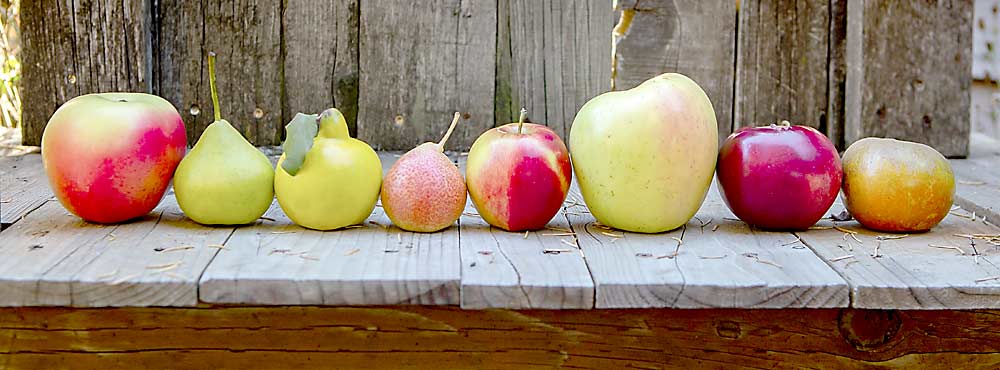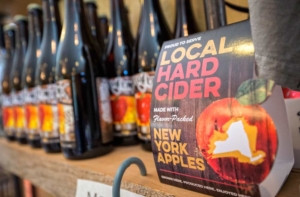
Once again, reports of the hard cider industry’s decline have been greatly exaggerated.
“For some reason, beverage media and retailers love to pick on cider,” said Michelle McGrath, executive director of the American Cider Association (ACA). “But actually, we’re chugging along and doing pretty well, despite a lot of challenges.”
McGrath talked hard cider sales trends in December during the Great Lakes Fruit, Vegetable and Farm Market EXPO in Grand Rapids, Michigan. She said dire reports about the state of hard cider usually occur when the large national brands — Angry Orchard, Strongbow, Magners, Stella Artois Cidre, Woodchuck, ACE — experience a downturn in sales. Those national brands produce the majority of the hard cider sold in the United States, but a more nuanced look at sales trends reveals the industry’s resilient regionality.
McGrath said there are about 1,070 hard cideries in the United States (including breweries, wineries and meaderies that also make cider), a sevenfold increase since 2011. Cider is now made commercially in all 50 states and the District of Columbia. Michigan has the most cideries, with 195, followed by New York and Washington. In some states, sales of regional cider brands have overtaken national brands.
“This is a big deal,” McGrath said. “No other segment, as far as I’m aware in the alcohol industry, can say this.”
In Michigan retail stores, 70 percent of the top-performing cider SKUs are from brands based in the state.
“It’s great to see Michigan cider consumers are loyal to Michigan cider brands,” she said.
McGrath said cider sales are a “huge opportunity” for breweries, bars and restaurants to make greater profits. There was a 5 percent increase in the number of metered hard cider taps from 2021 to 2022, mostly in chain establishments, she said.
“We’re excited to see chain establishments adding more cider tap handles,” she said. “We’re also seeing cider brand representation diversifying at these national chains.”
McGrath said 51 percent of U.S. cidermakers grow some or all of their own apples, an unusually high percentage and something the industry should be proud of.
“That’s a big deal,” she said. “You can’t say that in the U.K.”
Many cidermakers use tannic or heirloom apples in their cider, or blend them with other varieties. Most also use fruits or flavorings other than apple, she said.
Popular hard cider flavors right now include berry, tropical and mixed. Imperial-style ciders, made with higher-than-average alcohol content, also are selling well, she said.
During the pandemic-related lockdowns of the past few years, many cideries turned to direct-to-consumer clubs to boost sales and are continuing to profit from them. Online sales “exploded” during the pandemic, including on the ACA-sponsored website shopciders.com, McGrath said. The average value of online hard cider orders continues to grow.
“The average number of items is going up. The average price is going up,” she said. “This is a big part of our market now.”
—by Matt Milkovich







Leave A Comment